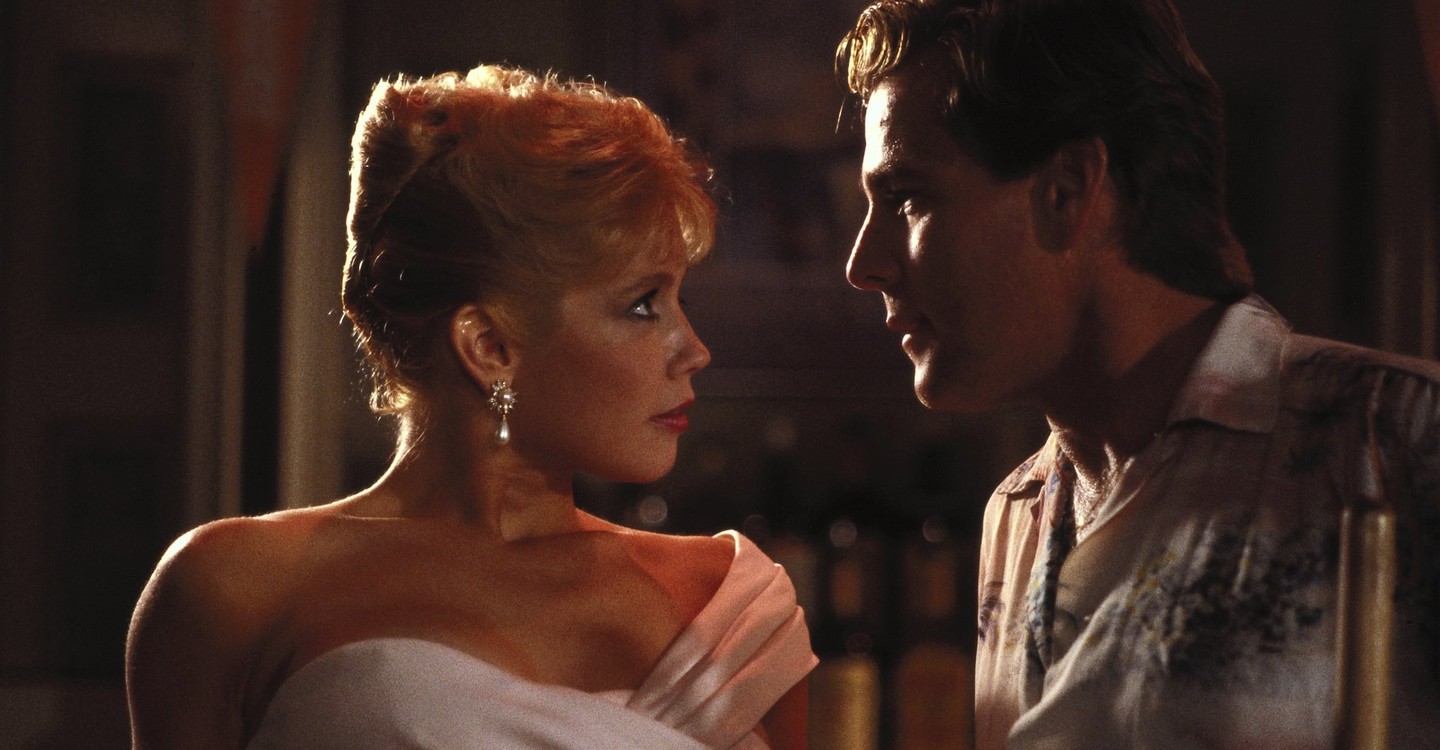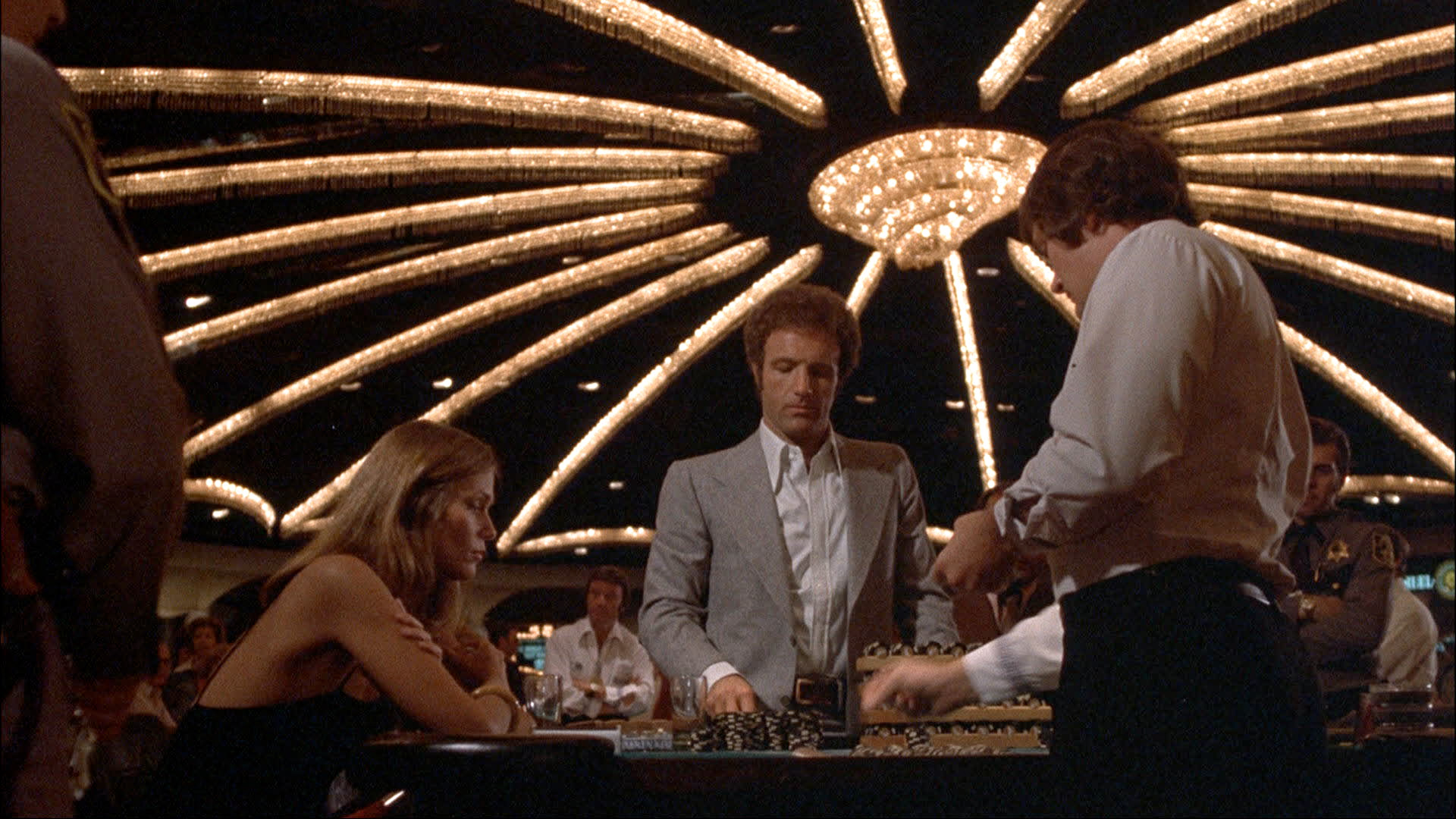By Dennis Hartley
(Originally posted on Digby’s Hullabaloo on January 7, 2022)

From a 2017 piece I wrote on the demise of neighborhood theaters:
Some of my fondest memories of the movie-going experience involve neighborhood theaters; particularly during a 2 ½ year period of my life (1979-1981) when I was living in San Francisco. But I need to back up for a moment. I had moved to the Bay Area from Fairbanks, Alaska, which was not the ideal environment for a movie buff. At the time I moved from Fairbanks, there were only two single-screen movie theaters in town. To add insult to injury, we were usually several months behind the Lower 48 on first-run features (it took us nearly a year to even get Star Wars).
Keep in mind, there was no cable service in the market, and VCRs were a still a few years down the road. There were occasional midnight movie screenings at the University of Alaska, and the odd B-movie gem on late night TV (which we had to watch in real time, with 500 commercials to suffer through)…but that was it. Sometimes, I’d gather up a coterie of my culture vulture pals for the 260 mile drive to Anchorage, where there were more theaters for us to dip our beaks into.
Consequently, due to the lack of venues, I was reading more about movies, than actually watching them. I remember poring over back issues of The New Yorker at the public library, soaking up Penelope Gilliat and Pauline Kael; but it seemed requisite to live in NYC (or L.A.) to catch all of these cool art-house and foreign movies they were raving about (most of those films just didn’t make it out up to the frozen tundra). And so it was that I “missed” a lot of 70s cinema.
Needless to say, when I moved to San Francisco, which had a plethora of fabulous neighborhood theaters in 1979, I quickly set about making up the deficit. While I had a lot of favorite haunts (The Surf, The Balboa, The Castro, and the Red Victorian loom large in my memory), there were two venerable (if a tad dodgy) downtown venues in particular where I spent an unhealthy amount of time in the dank and the dark with snoring bums who used the auditoriums as a $2 flop: The Roxie and The Strand.
That’s because they were “repertory” houses; meaning they played older films (frequently double and triple bills, usually curated by some kind of theme). That 2 ½ years I spent in the dark was my film school; that’s how I got caught up with Francis Ford Coppola, Stanley Kubrick, Martin Scorsese, Robert Altman, Hal Ashby, Terrence Malick, Woody Allen, Sidney Lumet, Peter Bogdanovich, Werner Herzog, Ken Russell, Lindsay Anderson, Wim Wenders, Michael Ritchie, Brian De Palma, etc.
Alas, as it is wont to do, Time has caught up with a number of those filmmakers. This week, it caught up with Peter Bogdanovich. Along with Coppola, Scorsese, Altman, Ashby, Malick, and De Palma, Bogdanovich was at the core of the revolutionary “maverick” American filmmakers who flourished from the late 60s through the late 70s.
Yesterday, The Hollywood Reporter called him “a surrogate film professor for a generation”. That’s a good encapsulation of his professional life off the set; he lived and breathed cinema. Perhaps not surprising, considering he wrote about movies before becoming a filmmaker (as did Francois Truffaut, Jean-Luc Godard, Paul Schrader, et.al.).
One of Bogdanovich’s contemporaries, Martin Scorsese, issued this statement:
“In the 60s, at a crucial moment in the history of the movie business and the art of cinema, Peter Bogdanovich was right there at the crossroads of the Old Hollywood and the New. Curator, critic, historian, actor, director, popular entertainer…Peter did it all. As a programmer here in New York, he put together essential retrospectives of then still overlooked masters from the glory days of the studio system; as a journalist he got to know almost everybody, from John Ford and Howard Hawks to Marlene Dietrich and Cary Grant. Like many of us, he made his way into directing pictures by way of Roger Corman, and he and Francis Coppola broke into the system early on: Peter’s debut, ‘Targets,’ is still one of his very best films.
“With ‘The Last Picture Show,’ he made a movie that seemed to look backward and forward at the same time as well as a phenomenal success, followed quickly by ‘What’s Up Doc’ and ‘Paper Moon.’ In the years that followed, Peter had setbacks and tragedies, and he just kept going on, constantly reinventing himself. The last time I saw Peter was in 2018 at The New York Film Festival, where we appeared together on a panel discussion of his old friend Orson Welles’ ‘The Other Side of the Wind’ (in which Peter gives a great performance, and to which he dedicated a lot of time and energy throughout many years). Right up to the end, he was fighting for the art of cinema and the people who created it.”
I think Scorsese has articulated why this passing feels significant. I’m confident there are curators, critics, historians and filmmakers who will pick up the torch …those who can “look backward and forward at the same time”. It’s important. After all, as someone says in The Last Picture Show: “Won’t be much to do in town with the picture show closed.”
Here are my picks for the five most essential Bogdanovich films:

Targets – Bogdanovich created a minor classic with this impressively assured directorial debut; a low-budget wonder about an aging horror movie star (Boris Karloff, not a stretch) who is destined to cross paths with a “nice” young man (a Vietnam vet) who is about to go Charles Whitman on his sleepy community. It holds up well, as it is (sadly) quite prescient. Chilling and effective. The film marked the first of several collaborations between the director and cinematographer László Kovács. Bogdanovich co-wrote the script with (his then-wife) producer/production designer Polly Platt, and Samuel Fuller.

The Last Picture Show – Oddly enough, I was Tweeting about this film only last week:
I always forget what a fabulous cast Bogdanovich assembled for this joint. You can't swing a ten-gallon hat around without hitting another great character actor in THE LAST PICTURE SHOW. And of course, "introducing…" so many future stars. #TCMParty
— Dennis Hartley (@denofcinema5) December 31, 2021
Indeed, Bogdanovich’s most celebrated film, which he co-adapted with the great Larry McMurtry from the author’s eponymous novel, is an embarrassment of riches on every level-directing, writing, cinematography (outstanding B & W work by Robert Surtees), production design (Polly Platt), and acting.
Set in the 1950s, this network narrative (a sort of “Peyton Place on the prairie”) concerns the citizens of a one-horse Texas burg called Anarene (it was actually filmed in McMurtry’s home town of Archer City). This is a town of beginners and losers, with naught in-between but those living lives of quiet desperation. Okay, it’s depressing as hell.
But what a cast: Timothy Bottoms, Jeff Bridges, Cybill Shepherd, Ben Johnson (Best Supporting Actor Oscar), Cloris Leachman (Best Supporting Actress Oscar), Ellen Burstyn, Eileen Brennan, Clu Gulager, Sam Bottoms, and Randy Quaid. Every performance, down to the smallest part, feels authentic; you feel like you know these people (and if you’ve ever lived in a small town…you do know these people). A landmark of 70s American cinema.

What’s Up, Doc? – Bogdanovich’s 1972 film is a love letter to classic screwball comedies of the 30s and 40s (the most obvious influence being Bringing Up Baby). Ryan O’Neal and Barbara Streisand have wonderful chemistry as the romantic leads, who meet cute and become involved in a hotel mix-up of four identical suitcases that rapidly snowballs into a series of increasingly preposterous situations for all concerned (as occurs in your typical screwball comedy).
The screenplay was co-written by Buck Henry, David Newman and Robert Benton. The fabulous cast includes Madeline Kahn, Kenneth Mars, Austin Pendleton and Michael Murphy. In his second collaboration with the director, cinematographer László Kovács works his usual magic with the San Francisco locale.

Paper Moon – Two years after The Last Picture Show, director Peter Bogdanovich had the audacity to shoot yet another B&W film-which was going against the grain by the early 70s. This outing, however, was not a bleak drama. Granted, it is set during the Great Depression, but has a much lighter tone, thanks to precocious 9 year-old Tatum O’Neal, who steals every scene she shares with her dad Ryan (which is to say, nearly every scene in the film).
The O’Neals portray an inveterate con artist/Bible salesman and a recently orphaned girl he is transporting to Missouri (for a fee). Along the way, the pair discover they are a perfect tag team for bilking people out of their cookie jar money. Entertaining road movie, with the built-in advantage of a natural acting chemistry between the two leads.
Also on hand: Madeline Kahn (wonderful as always), John Hillerman, P.J. Johnson, and Noble Willngham. Ace DP László Kovács is in his element; he was no stranger to road movies (Easy Rider, Five Easy Pieces). Alvin Sargent adapted his screenplay from Joe David Brown’s novel, “Addie Pray”.

Saint Jack – After refreshing my memory by dusting off my DVD copy for a re-watch last night, I have to say that Bogdanovich’s least “commercial” project is my favorite, after The Last Picture Show. Adapted from Paul Theroux’s novel by the author, Howard Sackler and Bogdanovich, this 1979 drama is a low-key character study about an American (Ben Gazzara) hustling a living in Singapore during the Vietnam War era.
Gazzara plays Ben Flowers, an ingratiating fellow who specializes in showing visiting foreigners (mostly Brits) a good time. His modest brothel and bar isn’t exactly Rick’s Cafe, but he dreams of expanding, making a bundle and heading back to the states with a comfortable nest egg.
Unfortunately, this has put him on the radar of the local triad, who are escalating their harassment by the day. Flowers is wary, but too good-natured to go to the mattresses, as it were (he’s the antithesis of a “mobster type”, which is what makes the character so interesting). Eventually, however, he’s forced to seek another avenue-running a CIA-sanctioned brothel for soldiers on R&R from tours of duty in Vietnam.
I haven’t seen all of his films, but Gazzara’s performance is surely one of (if not “the”) best he ever delivered. The film is also a late-career highlight for the perennially underrated Denholm Elliot, who was nominated for a BAFTA award in 1980 (but didn’t win). Keep your eyes peeled for George Lazenby in the penultimate scene-a wordless, yet extraordinary sequence. Bogdanovich casts himself as a mysterious government spook. Leisurely paced but completely absorbing, it’s one of those films that has an immersive sense of “place” (beautifully shot on location by the late great Robby Müller).
























